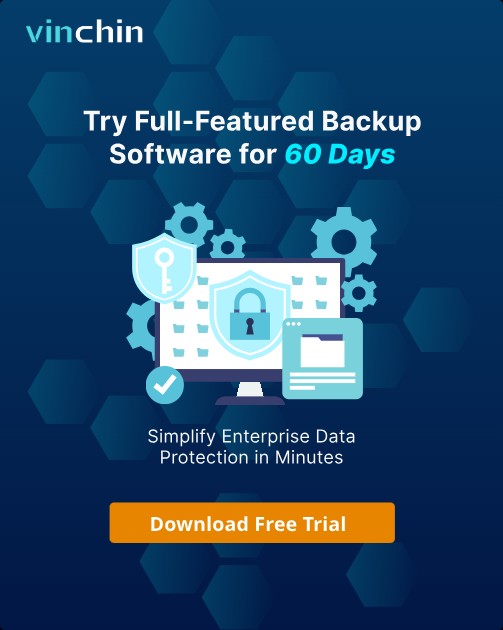-
Why is Encrypting Hyper-V so Important?
-
BitLocker Volume-Level Encryption in Windows Server
-
How to Use BitLocker for Encryption in Windows?
-
How to Ensure Hyper-V Disaster Recovery?
-
Hyper-V Encryption FAQs
-
Conclusion
Security is important, and how to build it is equally critical. Applying Hyper-V virtualization technology brings many conveniences to enterprises, but it also introduces some risks. To ensure malicious actors cannot take control of your VHDX/virtual machine files, one of the methods is to encrypt the drive where these files are stored.
Why is Encrypting Hyper-V so Important?
1. Protecting Data at Rest
Virtual machine files themselves contain sensitive data like databases, documents, configuration files, keys, passwords, etc. If attackers or unauthorized personnel can access the physical disk storing these files (local server hard disks, SAN, NAS, backup media), they can directly copy or steal these .vhdx files.
2. Risk of Physical Media
There is always a risk that server hard disks, backup tapes, or disks may be lost or stolen during repair, replacement, decommissioning, or transport. Encryption is the last line of defense to prevent data leakage from physical media.
3. Meeting Compliance Requirements
Many industry regulations and standards (such as GDPR, HIPAA, PCI DSS, SOX, ISO 27001, etc.) explicitly require encryption of data at rest that contains sensitive personal identifiable information, financial data, or health information.
4. Preventing Unauthorized Access (Especially in Shared Storage Environments)
In shared storage environments (such as SAN or NAS), multiple Hyper-V hosts access the same storage pool. Although storage may have access control lists, storage administrators or individuals with elevated permissions could theoretically access .vhdx files on all storage volumes. Virtual machine-level encryption ensures that even if a storage administrator can access the files, they cannot interpret the content.
Similarly, if the Hyper-V host itself is compromised and an attacker gains file system access, encryption still prevents them from directly reading the virtual machine disk content.
BitLocker Volume-Level Encryption in Windows Server
BitLocker is a volume-level data encryption technology that effectively helps enterprises and individual users protect data on storage devices. It is widely used in Windows Server.
1. What is BitLocker?
BitLocker is a full-disk encryption feature built into Microsoft Windows operating systems. Its main purpose is to secure data stored on computer hard drives (including built-in and removable drives like USB drives) and prevent data theft in the event of device loss, theft, or unauthorized access.
2. What is a Volume?
Why is it called a volume-level encryption technology? Let’s start with the concept of a volume. A volume is a logical structure made up of one or more partitions and is defined by the Windows component "Volume Manager." Except for the Volume Manager and boot components, other Windows components and applications use volumes rather than partitions. In Windows client operating systems, including Windows Vista, partitions and volumes usually have a one-to-one relationship. In servers, however, a volume typically consists of multiple partitions, such as in a typical RAID setup.
It is especially worth noting that in Windows Server operating systems after Windows Server 2008, a volume no longer refers to a single partition. In RAID configurations, multiple partitions together form a volume. BitLocker can encrypt such RAID volumes. Unlike EFS and RMS, which are file-level encryption technologies, BitLocker is designed to protect all data on a volume and requires minimal configuration by administrators. Full-volume encryption is also effective against offline attacks, which bypass the operating system and NTFS permission control to read disk data directly.
3. How to Encrypt Data?
BitLocker uses the 128-bit AES encryption algorithm with a diffuser by default and can be extended to 256-bit keys through Group Policy.
Note: A diffuser ensures that even slight changes to plaintext result in significant changes to the encrypted ciphertext of the entire sector.
4. System Integrity Check
BitLocker uses the TPM 1.2 chip to check the status of boot components and boot files, such as BIOS, MBR, and NTFS sectors. If the boot files are altered, BitLocker will lock the drive and enter recovery mode, which can be unlocked using a 48-digit password or a key stored on a smart card.
Note: When unlocking the server via a smart card, the hardware must support large-capacity USB storage devices.
How to Use BitLocker for Encryption in Windows?
1. In Windows Server 2008 R2, BitLocker is not installed by default. Users need to manually add it in the features section. Open Server Manager - Features - Add Features, select BitLocker Drive Encryption, and install it. A reboot is required.
2. After restarting, go to Control Panel - System and Security - BitLocker Drive Encryption to see which drives on the machine can have BitLocker enabled.
3. Click Manage BitLocker to configure a drive that has already been encrypted with BitLocker, including changing the encryption password, adding smart card unlock methods, etc.
4. Next, I will encrypt the system partition C: using BitLocker to test the recovery effect.
5. Click Turn on BitLocker next to drive C:, a warning pops up, click Yes.
6. Wait for the system to verify whether the computer meets encryption conditions, mainly checking the status of the TPM 1.2 chip.
7. A warning appears, prompting to back up important data, and that encryption speed depends on the size and fragmentation of the drive.
8. BitLocker then begins preparing for encryption. Once ready, it prompts for the location to store the recovery key.
9. I chose to save the recovery key to a USB flash drive, and the system automatically detects the USB device.
10. After saving the recovery key, click Start Encrypting to begin the encryption process.
Once encryption is complete, you will see a small lock icon on drive C:, indicating it has been encrypted by BitLocker. Additionally, there will be a new Suspend Protection option, mainly used when upgrading the BIOS, hardware, or operating system, to temporarily disable data protection. On the USB flash drive where the recovery key is stored, in addition to the regular recovery key file, there will also be a .TPM file named after the computer, which contains the hash of the TPM owner password.
How to Ensure Hyper-V Disaster Recovery?
While BitLocker is highly effective in safeguarding the physical storage that hosts Hyper-V virtual machine files, encryption alone is not enough to meet the comprehensive data protection needs of modern enterprises. In real-world environments, protecting data extends beyond encryption—it also includes regular backups and disaster recovery.
Vinchin Backup & Recovery is designed to provide such comprehensive data protection and disaster recovery for virtualized environments, including those using Microsoft Hyper-V, VMware vSphere, XenServer, XCP-ng, oVirt, RHV, OpenStack, Proxmox, database, NAS, file server, Linux & Windows Server, etc. It offers automated backups, agentless backup, LAN/LAN-Free options, offsite copying, instant recovery, data deduplication, and cloud archiving. With data encryption and ransomware protection, it provides dual insurance for VM backups and supports easy migration between Hyper-V and other platforms.
It only takes 4 steps to backup Hyper-V VMs with Vinchin Backup & Recovery:
1. Select the backup object.
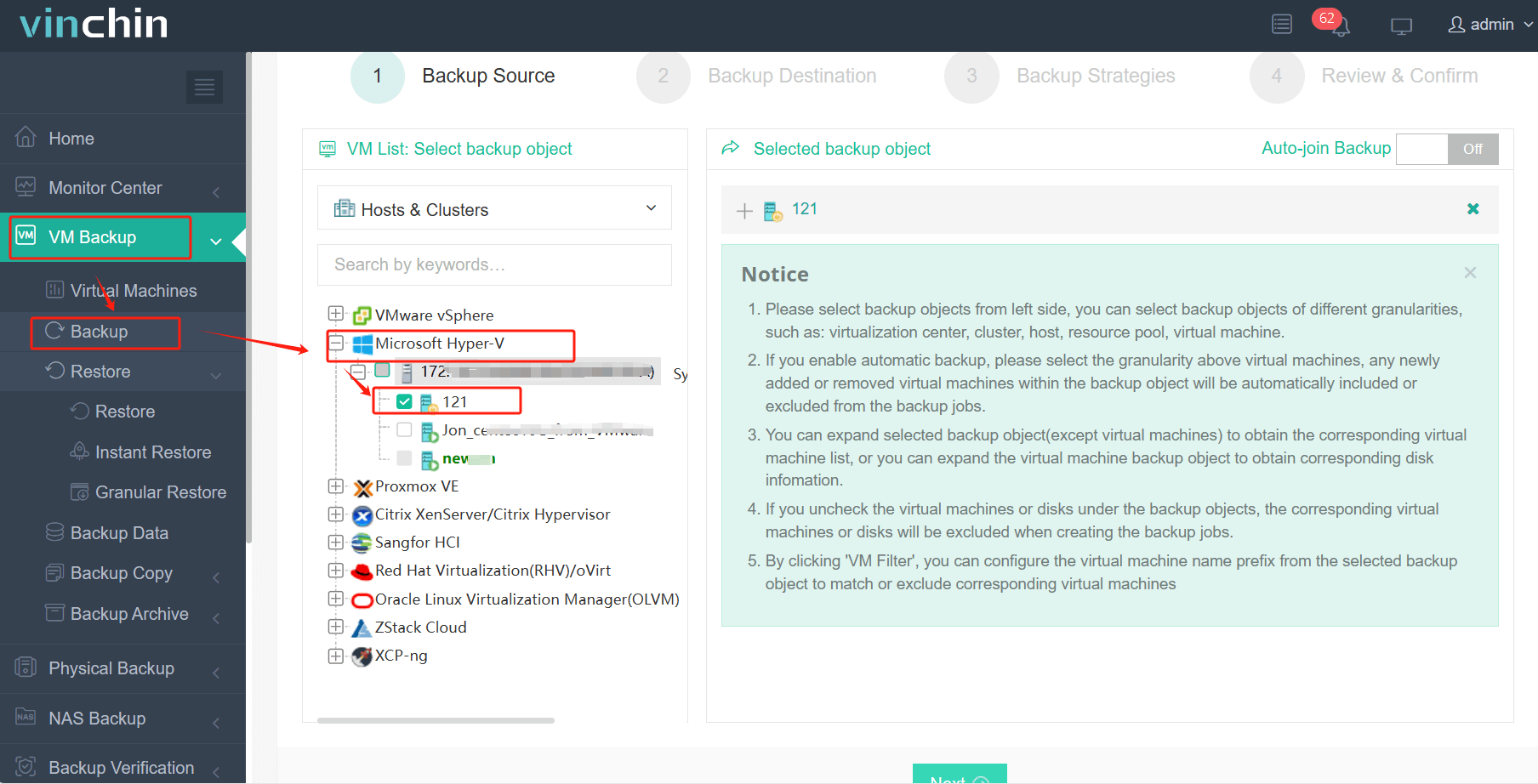
2. Select backup destination.
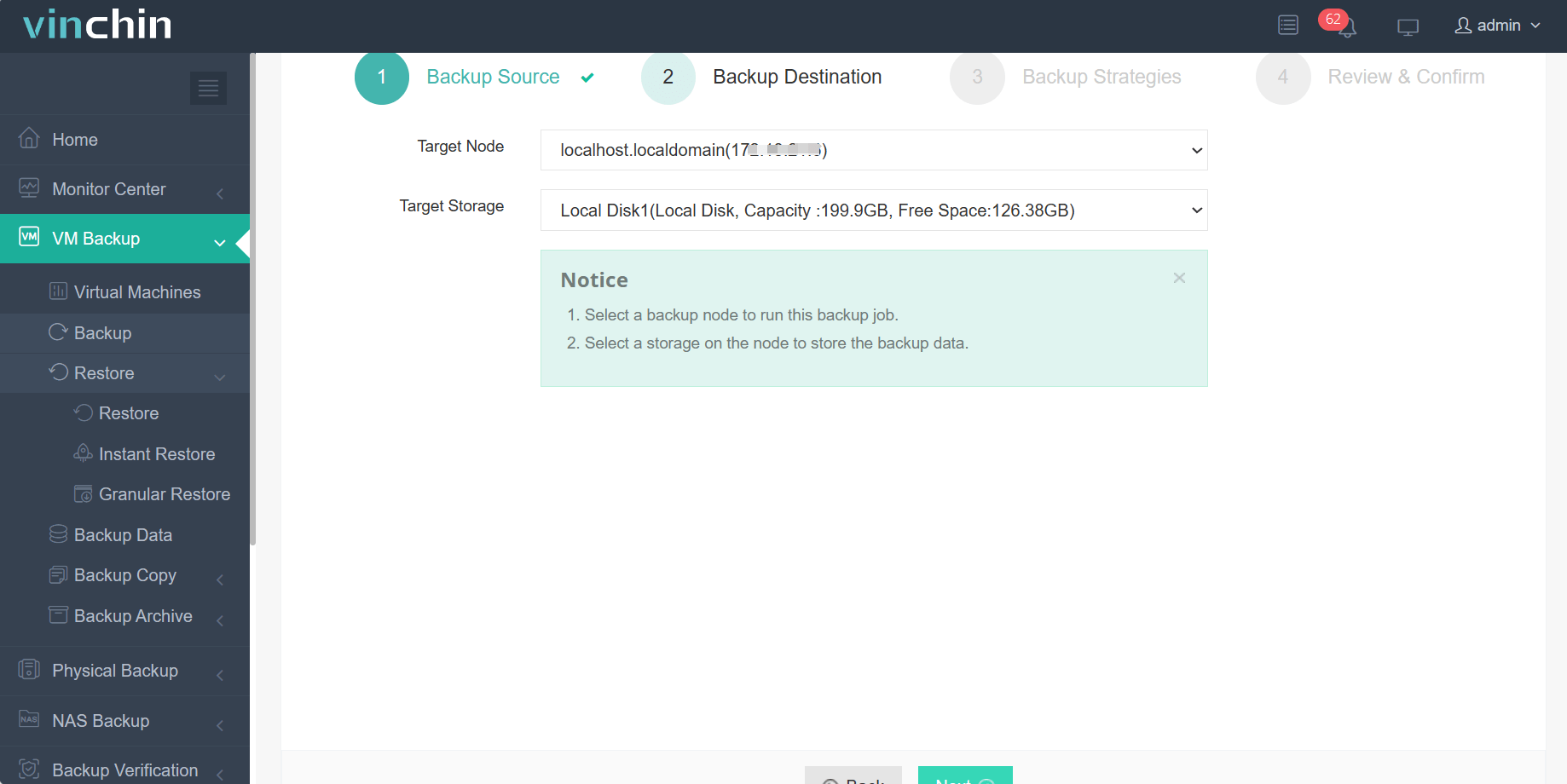
3. Configure backup strategies.
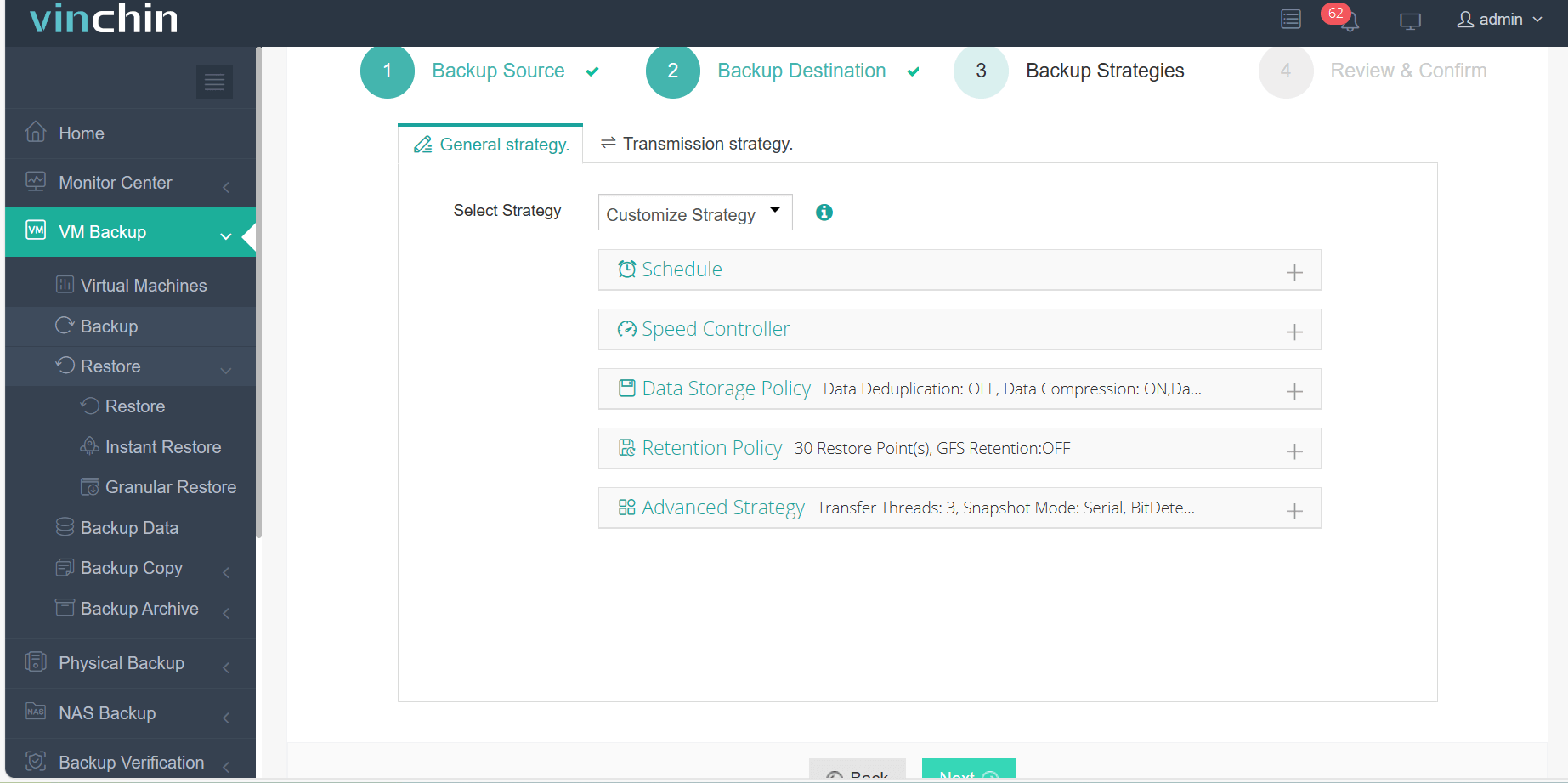
4. Review and submit the job.
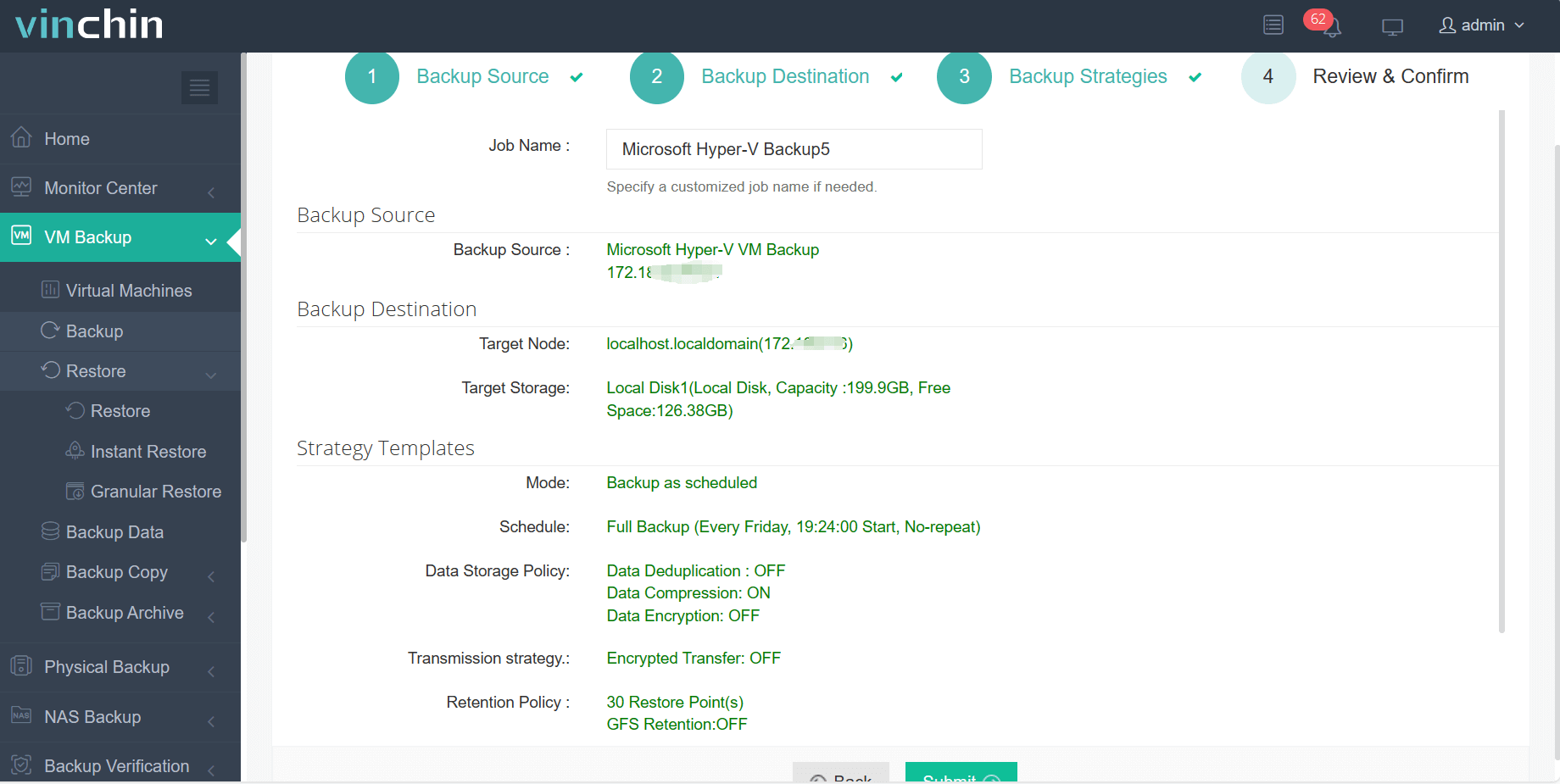
Come on and experience the full capabilities of this robust system with a complimentary 60-day trial! Contact us with your requirements, and you will receive a tailored solution for your IT landscape.
Hyper-V Encryption FAQs
1. How to protect data using Encrypted File Systems?
In Windows, you can use the Encrypting File System (EFS) to encrypt files and folders. EFS is a built-in encryption feature in Windows and is very easy to use.
Here are the steps to encrypt a folder using EFS in Windows:
Right-click the folder you want to encrypt and select “Properties.”
In the “General” tab, click the “Advanced” button.
Check the “Encrypt contents to secure data” option, then click “OK.”
Click “Apply” and choose whether to encrypt subfolders and files as well.
2. What is vTPM in Hyper-V, and how is it used?
vTPM (virtual Trusted Platform Module) is a virtual version of TPM hardware that stores cryptographic keys and helps enable BitLocker in VMs securely. It's required for Shielded VMs and optional for general use.
Conclusion
Encrypting these storage volumes using BitLocker provides a strong, integrated defense mechanism against unauthorized access, theft, and data breaches. BitLocker’s full-volume encryption, combined with system integrity checks via TPM, ensures that even if attackers gain physical access to storage or compromise the host, the data remains protected. Whether to meet regulatory compliance or to strengthen your organization’s security posture, implementing BitLocker on Hyper-V storage drives is a prudent and effective step toward comprehensive data protection.
Share on:





